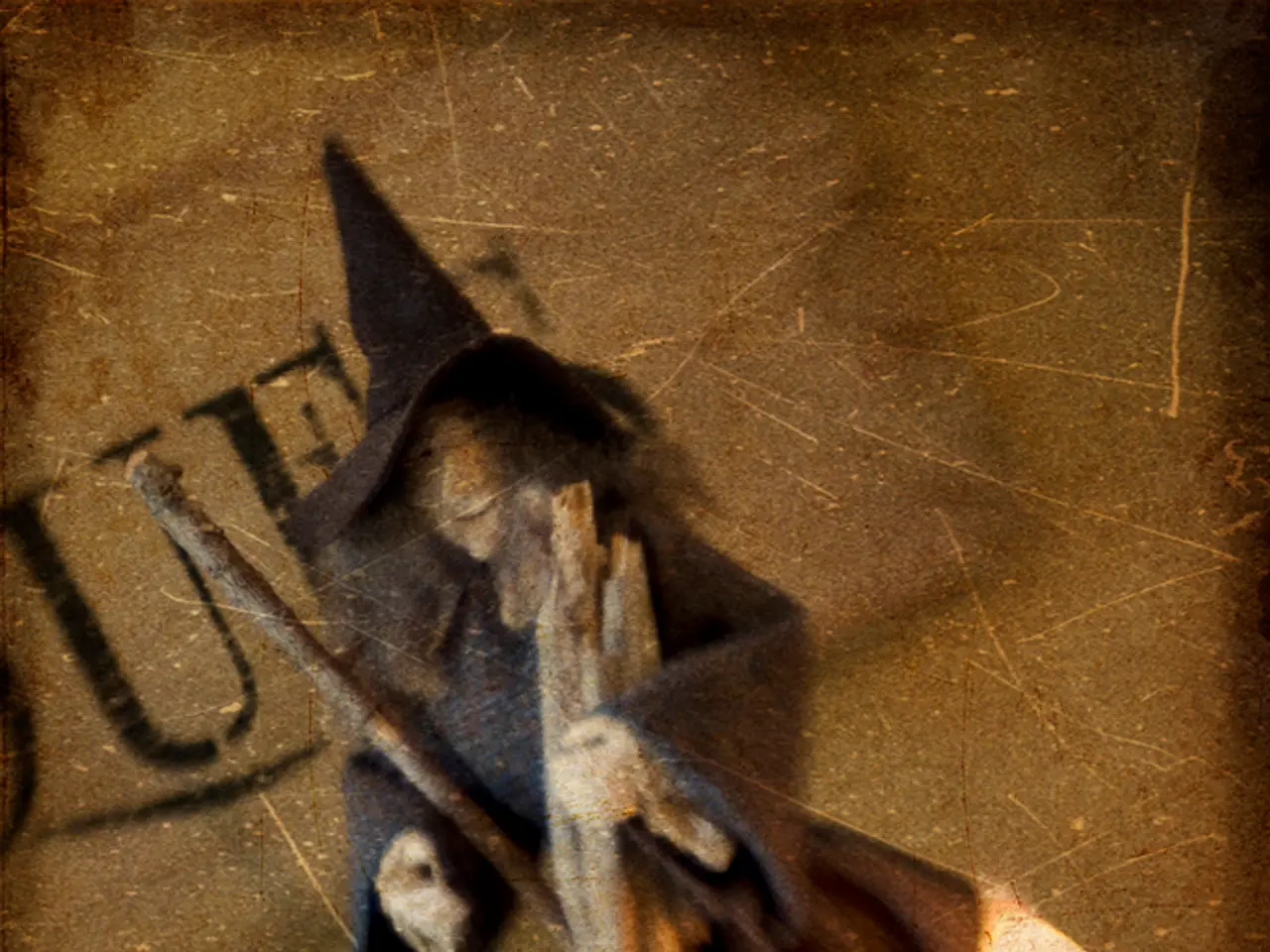Unraveling Global Halloween Customs: Distinctive Observances in Our Travel Destinations
Halloween, a festival steeped in ancient Celtic traditions, has evolved into a multi-billion dollar industry in the United States. Yet, its celebration varies significantly across different countries and regions, often blending with local customs or not being widely observed at all. Here's a look at how Halloween is celebrated uniquely in various parts of the world.
In Austria, instead of Halloween, the country is known for its Krampus celebrations. Krampus is a half-goat, half-demon creature that is the opposite of Saint Nicholas. During the Krampusnacht, people dress up in Krampus costumes and parade through the streets, often scaring children. This tradition is more closely associated with Christmas folklore than Halloween.
Germany, while not as widely celebrating Halloween as in North America, does host events around U.S. military bases. The phrase "Süßes oder Saures" (sweets or sours) is used instead of "trick or treat," but it's not a widespread tradition. Germans often save their elaborate costumes for Fasching (Carnival), which takes place between February and March.
In Spain, Halloween is celebrated with parties, costume contests, and parades, and is often combined with El Dia de los Muertos on November 1. Children in Galicia, Spain, go from house to house asking for treats on All Saints' Day and All Souls' Day (November 1 and 2). This tradition involves asking for small items like bread, sweets, or money for the deceased.
Colombia, while not traditionally celebrating Halloween, has embraced the Day of the Children (Día de los Niños), a celebration similar to Halloween, with parties, parades, and the popular treat "bocadillo." The celebration honors the deceased, often with altars and offerings, influenced by nearby countries' Día de los Muertos traditions.
Brazil, known as "Dia das Bruxas" (Witches' Day), celebrates Halloween mostly in major cities like Rio and São Paulo. It's a relatively new and commercialized tradition, primarily adopted from North American influences. During this celebration, "pamonha," a sweet corn pudding, is often enjoyed. On November 2, "Dia de Finados" (Day of the Dead) is a more serious occasion, during which families honor loved ones at cemeteries.
Argentina, while not traditionally celebrating Halloween, has seen a growing commercial influence, especially in larger cities. Costume parties, trick-or-treating, and spooky-themed events have become popular, especially in cities like Buenos Aires. Traditional treats like "alfajores," cookies filled with dulce de leche, are enjoyed during celebrations.
In South East Asia, Halloween is not traditionally part of the cultures, but its influence is growing, especially in tourist areas and among expatriate communities. Countries like Singapore and Malaysia may host Halloween events, especially in shopping malls and theme parks.
Morocco, with a strong Islamic culture, does not traditionally celebrate Halloween. However, in tourist areas or among expatriates, there might be some limited observance of Western-style Halloween celebrations.
In Thailand, traditional treats such as "Khanom" (sweet rice cakes) are popular during Halloween festivities. Halloween parties and events, often featuring elaborate costumes, haunted house attractions, and themed parties, are common.
The practice of trick-or-treating can be traced back to the Middle Ages when people would collect food in exchange for prayers for the dead. In the Philippines, Halloween merges with "Undas," a holiday similar to All Saints' Day, with families visiting cemeteries to honor the dead.
In summary, while Halloween is not widely observed in many of these countries, there are unique cultural and festive traditions that either replace or complement it. The evolution of Halloween shows its adaptability, blending with local customs and becoming a globally celebrated event in its own right.
In Austria, Krampus celebrations, which involve people dressing up as half-goat, half-demon creatures and parading through the streets, are more closely associated with Christmas folklore than Halloween. In Thailand, while not traditionally celebrating Halloween, the festival is becoming popular with parties, elaborate costumes, and sweet rice cakes. These unique cultural traditions often replace or complement Halloween, showcasing its adaptability and becoming a globally celebrated event in its own right.




